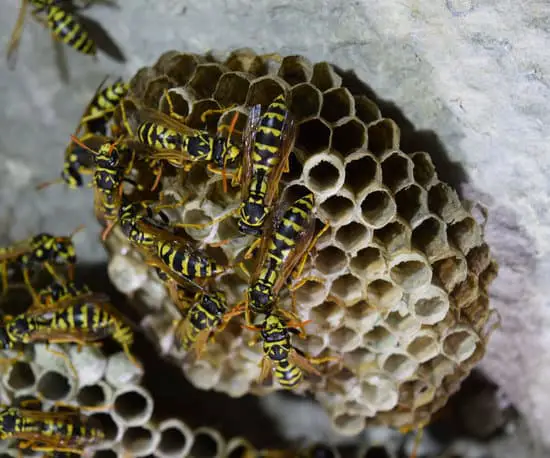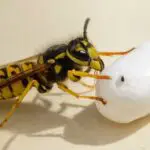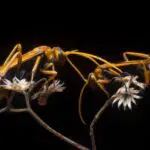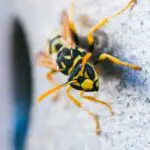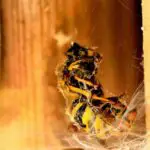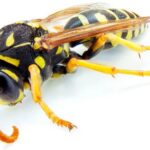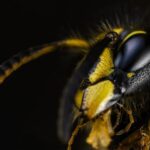Did You Know That Wasps Damage Plants?
Often, we hear about the negative effects of wasps, but there are some very good reasons for having them around your garden. Wasps are very important pollinators, and their nests can be used to keep pests off of plants. They can also hunt and feed other insects, which can be helpful. Some species of wasps sting, but the majority are harmless.
Wasps come in many different shapes, and they can be solitary or social. Some wasps make nests on the ground or in trees. These nests are often made of weathered wood, or are constructed in a way that allows them to grow. The nests are often grey in color and look like a paper mache football.
Wasps can be good predators of other insects, but there are also some wasps that eat plants. Some wasps feed on nectar, while others eat fruit. Some wasps also eat tree sap.
Gall wasps are a group of wasps that produce galls on plants. Galls are formed when a wasp lays eggs inside the soft tissue of a plant. These eggs will eventually develop into galls, which protect the larvae from predators. Some galls are caused by fungus, while others are caused by bacterial infections. Most plants can tolerate galls.
Gall wasps are harmless to humans, but they can damage plants. The wasps will usually infect only one type of plant, and they will lay their eggs in the fruit. The fruit is usually damaged, but the larvae will survive.
